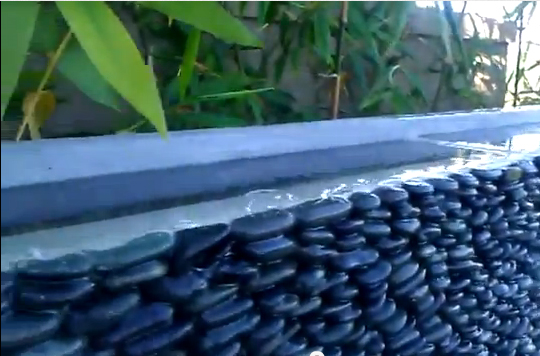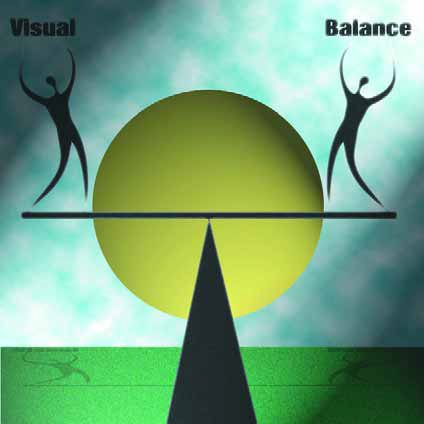water wall design
This project started in a most unusual way, with the client telling me how little he liked the property he and his wife owned and that a move was likely in the near future. But in the meantime, he said, she wanted a pool. So there I was, sizing up a challenging site and wondering if
These days, clients who’ve been out to see a bit of the world come at designers and builders with all sorts of interesting ideas and requests. For the most part, they’ve seen something they or their children really like and want to get an appropriately scaled version of the same sort of water effect as part of their own backyard resorts.
As watershape design expands beyond the mostly recreational traditions of the recent past, more of us are being asked these days to design water elements that work more decoratively and serve to frame, reflect and otherwiseaccentuate or accompany art pieces. In these situations, a pool, fountain or basin design is visually driven by the artwork, and whether the project is done for a private residence or a commercial complex, the results can be wonderfully dynamic. In most cases, requests for this design approach come from an owner who has a particular piece in mind; in a few other cases, the artist will commission a watershape to accompany a main attraction of his or her devising and becomes a key participant in the design process. All in all, I see this as another manifestation of a trend in which
In a real sense, I want to build antiques: My goal in designing and shaping water walls has always been to develop systems of beauty that will be around and appreciated decades or even centuries from now. Not only are they built to the highest standards of quality - as are many antiques - but they're also meant to hold running water year after year. I don't know who created the first water wall, but my best guess is that they've been produced in one form or another since the late 1960s or early '70s. I became aware of them in the early '80s, at which point a number of craftspeople were making them from stone, copper, and bronze. Some of these products aspired to be works of sculptural art, but for the most part I thought that the medium's artistic potential hadn't been fully explored or expressed. My idea at the time was to expand the concept with respect to shapes, sizes, materials and styles. I also wanted to check into the possibilities of combining
In a real sense, I want to build antiques: My goal in designing and shaping water walls has always been to develop systems of beauty that will be around and appreciated decades or even centuries from now. Not only are they built to the highest standards of quality - as are many antiques - but they're also meant to hold running water year after year. I don't know who created the first water wall, but my best guess is that they've been produced in one form or another since the late 1960s or early '70s. I became aware of them in the early '80s, at which point a number of craftspeople were making them from stone, copper, and bronze. Some of these products aspired to be works of sculptural art, but for the most part I thought that the medium's artistic potential hadn't been fully explored or expressed. My idea at the time was to expand the concept with respect to shapes, sizes, materials and styles. I also wanted to check into the possibilities of combining
Over and over again, I've said and written that the water should not be seen as the most important element in a well-designed space. In fact, I've said it so often that it's almost become a cliché, and that's a shame, because it tends to trivialize the valid point that all elements in a given space - plants, rocks, hardscape, lighting, artwork and water - need to co-exist in visual balance to create an overall experience. This concept of visual balance should indeed be the heart and soul of all our exterior designs, but it's apparent

















